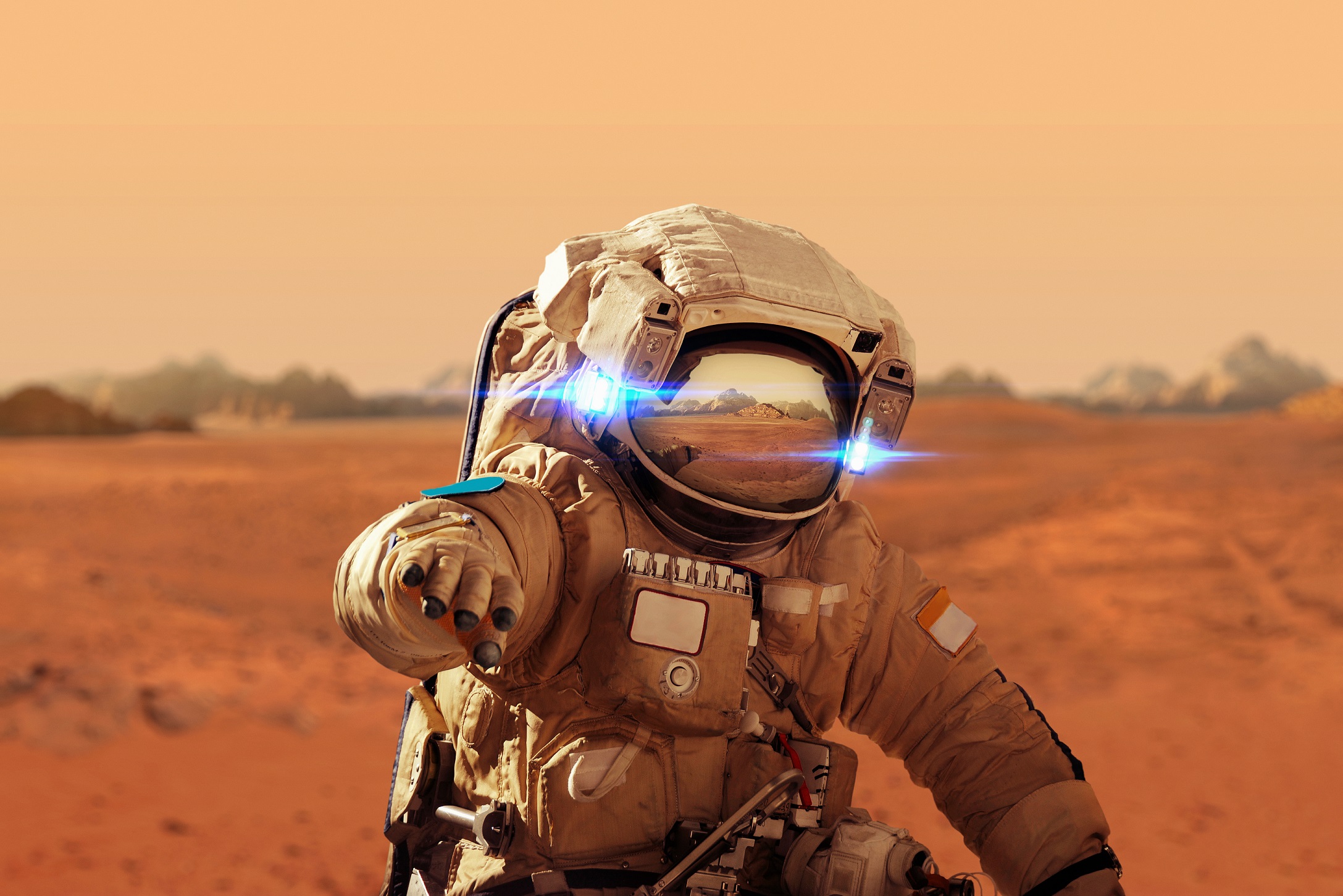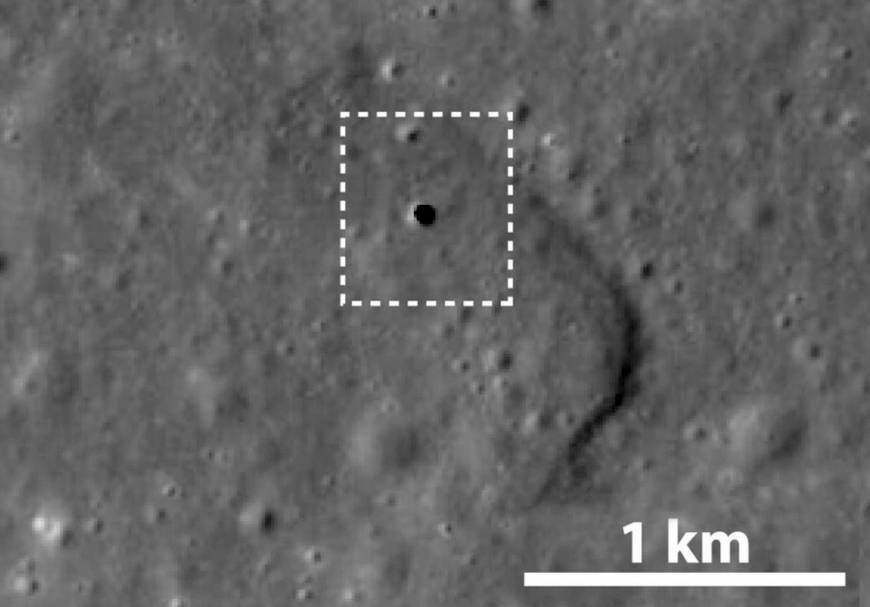
By Brian Santo, contributing writer
For those who are already convinced that space will be colonized and soon, the real question is where to settle first — the moon or Mars? They both have pros and cons, but in the last week or so, each orb has had one major drawback mitigated, if not erased.
A group of European researchers have come up with a development that tilts in favor of Mars. They say that Mars is suitable for a particular technique for breaking down atmospheric carbon dioxide to produce oxygen. Free oxygen is useful for breathing, of course, but it will also be critical as fuel.
You’ll recall that space agencies have been exceedingly keen to detect water or ice on other bodies in the solar system. Various space agencies have found water on Earth’s moon, on Mars, and on numerous other moons, including several orbiting Jupiter and Saturn. The latest excitement was learning that there might be liquid water on Saturn’s Enceladus. Water is not only necessary for supporting life, but water’s constituent elements — oxygen and hydrogen — can both be used as fuel.
Mars has ice caps, but mining those will compel colonists to do one of several things that they’d prefer not to have to do: Settle nearby even though other sites are otherwise more desirable, constantly travel to mine ice, or split settlements and ship ice or the decomposed elements between them.
A group of researchers from Portugal and France have determined that Martian settlers should be able to perform plasma dissociation to separate atmospheric carbon dioxide into O2 and carbon monoxide, both constituent elements for rocket fuel. Mars’ atmosphere may be thin, but it is roughly 96% CO2 .
Plasma dissociation of carbon dioxide is relatively new and is being developed primarily for use in reducing greenhouse CO2 on Earth.
NASA and several of its partners are developing another technique based on electrolysis. The project, called Mars Oxygen In-Situ Utilization Experiment (aka Moxie , also referred to as SOEC), is building a unit that will be mounted to the Mars 2020 Rover.
The authors of the paper “The case for in-situ resource utilization for oxygen production on Mars by non-equilibrium plasmas” argue that the plasma-based process will not only be usable on Mars but could possibly end up preferable to Moxie. It’s a relatively simple process requiring relatively simple equipment. The energy requirements are considered low. The low temperature and low air pressure on Mars are helpful for the process. More research, they say, will be required to know for sure what the best bet for separating CO2 on Mars will be.
Arguing for lunar settlement, however, Japan just identified a possible habitat on the moon by verifying the existence of an extensive lava tube that could be used as a pre-fab habitat.
The moon, of course, has no atmosphere at all, so it’s a plus for Mars that its air can be mined. Mars’ atmosphere is still too thin to help shield humans from cosmic radiation as the Earth’s atmosphere does. Settling on the surface of either the moon or Mars is to risk debilitating or even fatal exposure.
On Mars, settlers will probably have to dig. Not necessarily so on the moon. Scientists have long been confident that lava tubes exist on the moon.
Japan’s Kaguya lunar satellite (officially known as Selene) is the first to identify one and map its dimensions, however. The satellite focused on an area around what looked like a cave entrance from orbit, and that’s exactly what it turned out to be.

The tunnel extends for nearly 30 miles (50 kilometers) and is wider than a football field is long (100 meters, or 330 feet). By nature, it will provide good-to-excellent shielding against cosmic radiation.
Kaguya was purposefully crashed in 2009, but the data that it sent back is still in the process of being analyzed.
Advertisement
Learn more about Electronic Products Magazine





